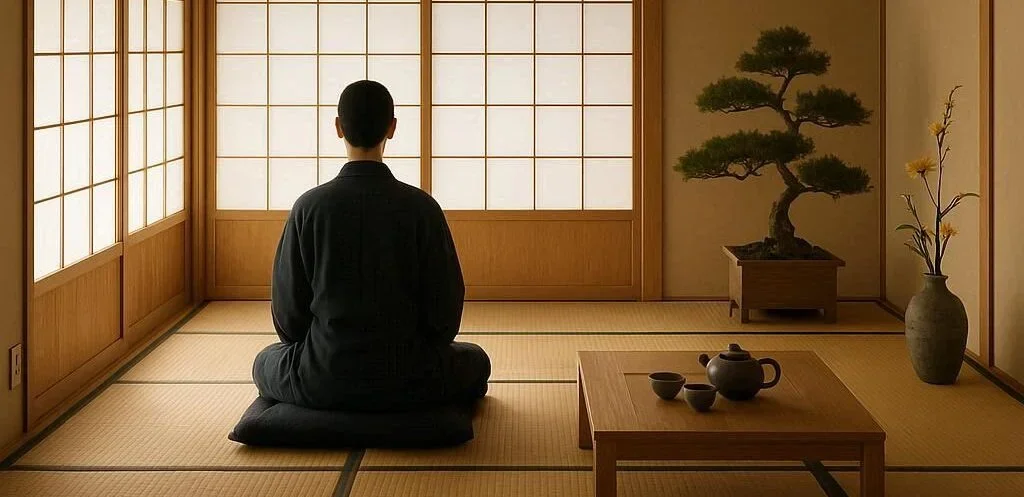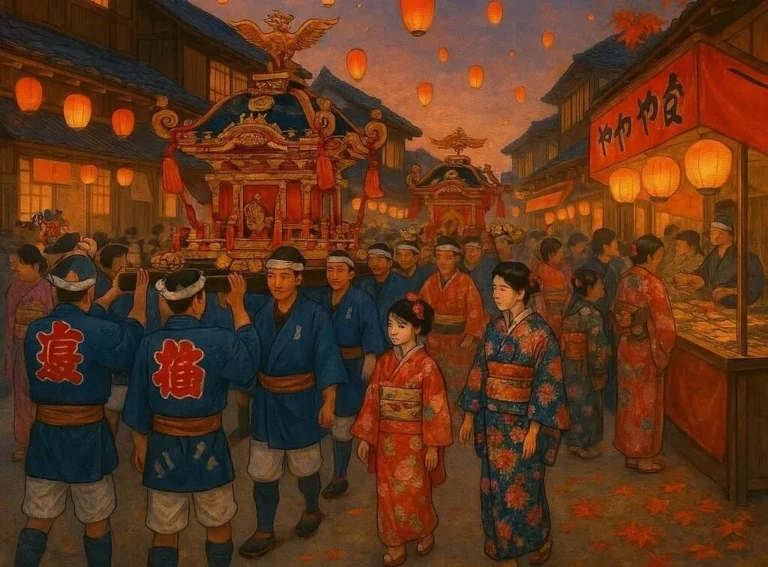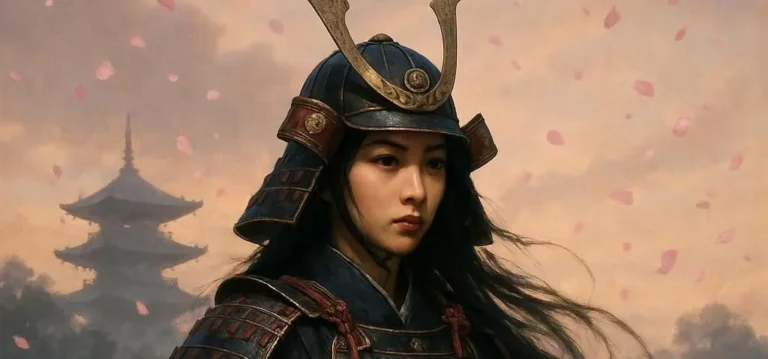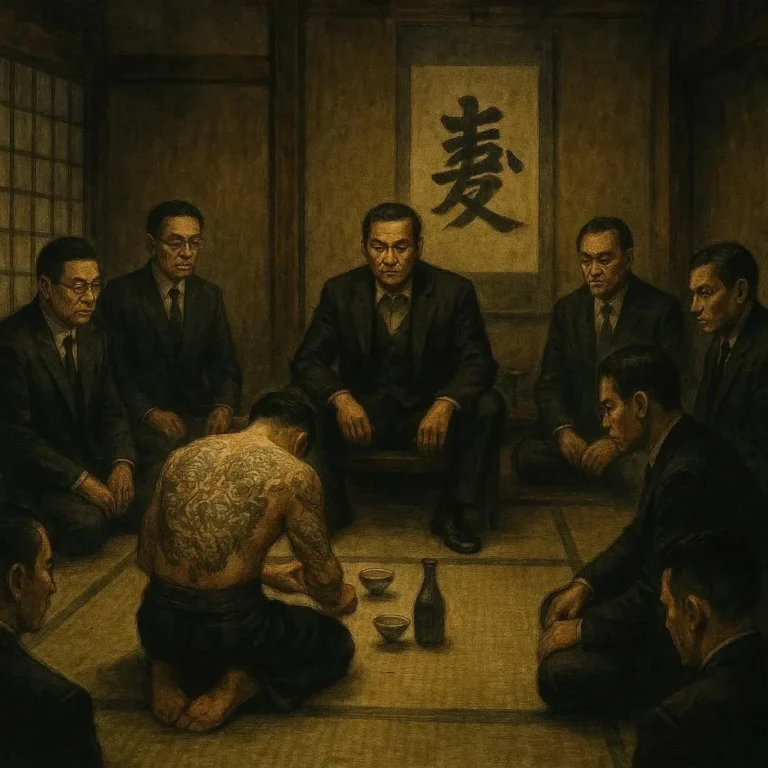503 views Historically Significant Religious Practices in Japan
Exploring the Spiritual Heritage of Japan: A Journey Through Time
Japan, a land of vibrant culture and deep spiritual roots, has a long history of religious practices that have shaped its identity. From the ancient rituals of Shintoism to the profound teachings of Buddhism, Japan’s spiritual traditions are a testament to its rich historical tapestry. This blog post delves into the historically significant religious practices in Japan, exploring their origins, evolution, and enduring impact on Japanese society.
Shinto: The Indigenous Spirituality of Japan
Shinto, often referred to as Japan’s indigenous religion, is deeply embedded in the nation’s culture and history. With roots dating back to the Yayoi period (300 BCE–300 CE), Shinto is a polytheistic faith that reveres kami—spirits believed to inhabit natural phenomena, animals, and even abstract concepts.
Key Shinto Practices
- Rituals at Shrines (Jinja): Shinto worship primarily takes place at shrines, where adherents offer prayers, food, and drink to the kami. These rituals are conducted by priests (Kannushi) who ensure the proper execution of ceremonies.
- Purification (Misogi): A central practice in Shinto is the act of purification, often performed through water or salt. This is believed to cleanse the mind, body, and soul of impurities.
- Festivals (Matsuri): Shinto festivals are vibrant celebrations that honor the kami and strengthen community bonds. The Gion Matsuri in Kyoto and the Tenjin Matsuri in Osaka are famous examples.
For a deeper understanding of Shinto, visit the Wikipedia page on Shinto.
Buddhism: The Path to Enlightenment in Japan
Buddhism was introduced to Japan in the 6th century CE, arriving from Korea and China. It quickly integrated with Shinto, creating a unique syncretic religious landscape. Buddhism brought new philosophies and practices that resonated with the Japanese people, becoming a cornerstone of their spiritual lives.
Key Buddhist Practices in Japan
- Meditation (Zen): Zen Buddhism, which emphasizes mindfulness and meditation, has had a profound impact on Japanese culture. The practice of zazen (seated meditation) is central to Zen discipline.
- Mantras and Sutras: Buddhist followers in Japan often recite mantras and sutras, such as the Lotus Sutra, as part of their worship and spiritual practice.
- Funeral Rites: In Japan, Buddhism plays a significant role in funeral ceremonies. The majority of funerals are conducted according to Buddhist traditions, reflecting the religion’s influence on end-of-life rituals.
To learn more about Buddhism in Japan, visit the Wikipedia page on Buddhism in Japan.
The Blending of Shinto and Buddhism
One of the most fascinating aspects of Japan’s religious history is the syncretism of Shinto and Buddhism. For centuries, the two religions coexisted and intertwined, creating a unique spiritual system known as Shinbutsu-shūgō.Temples and shrines were often built next to each other, and many kami were associated with Buddhist deities. This blending of traditions allowed the Japanese to honor their indigenous beliefs while embracing the teachings of Buddhism.
Other Religious Influences in Japan
While Shinto and Buddhism have been the dominant religious forces in Japan, other traditions have also left their mark.
Christianity in Japan
Christianity was introduced to Japan in the 16th century by Portuguese missionaries. Despite initial acceptance, Christianity was later banned during the Edo period (1603–1868) due to fears of foreign influence. Today, Christianity plays a minor but significant role in Japanese society, particularly through festivals like Christmas and Easter.
Modern Spiritual Practices
In modern times, Japan has seen a rise in new religious movements (Shinshūkyō). These movements often blend elements of Shinto, Buddhism, and other spiritual traditions, creating unique faiths that resonate with contemporary needs. One notable example is Sōka Gakkai, a Buddhist-inspired movement that emphasizes personal happiness and world peace.
The Legacy of Japan’s Religious Practices
Japan’s religious practices are more than just rituals and beliefs—they are living traditions that continue to influence art, architecture, literature, and daily life. From the majestic Shinto shrines to the serene Buddhist temples, these sites are not only places of worship but also symbols of Japan’s enduring spiritual heritage.
Conclusion: Embracing the Spiritual Heart of Japan
Japan’s historically significant religious practices offer a window into its soul—a rich, diverse, and deeply spiritual nation. Whether you are exploring the tranquility of a Zen garden, participating in a vibrant Shinto festival, or reflecting on the teachings of Buddhism, Japan’s spiritual traditions invite you to connect with its profound cultural legacy.
Call-to-Action
Ready to deepen your understanding of Japan’s spiritual landscape? Explore the official Japan Travel website to discover shrines, temples, and cultural events that bring these traditions to life. Share your experiences and thoughts on Japan’s religious practices in the comments below, and don’t forget to share this post with fellow history and culture enthusiasts!
This blog post is part of our series on cultural and historical explorations. Follow us for more insightful articles on religion, history, and cultural practices from around the world.






